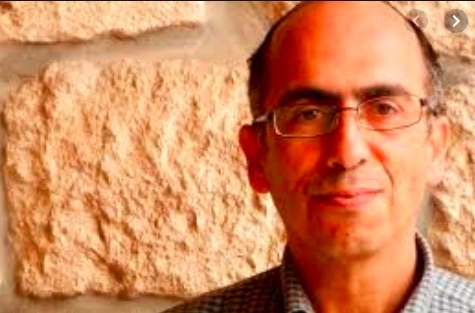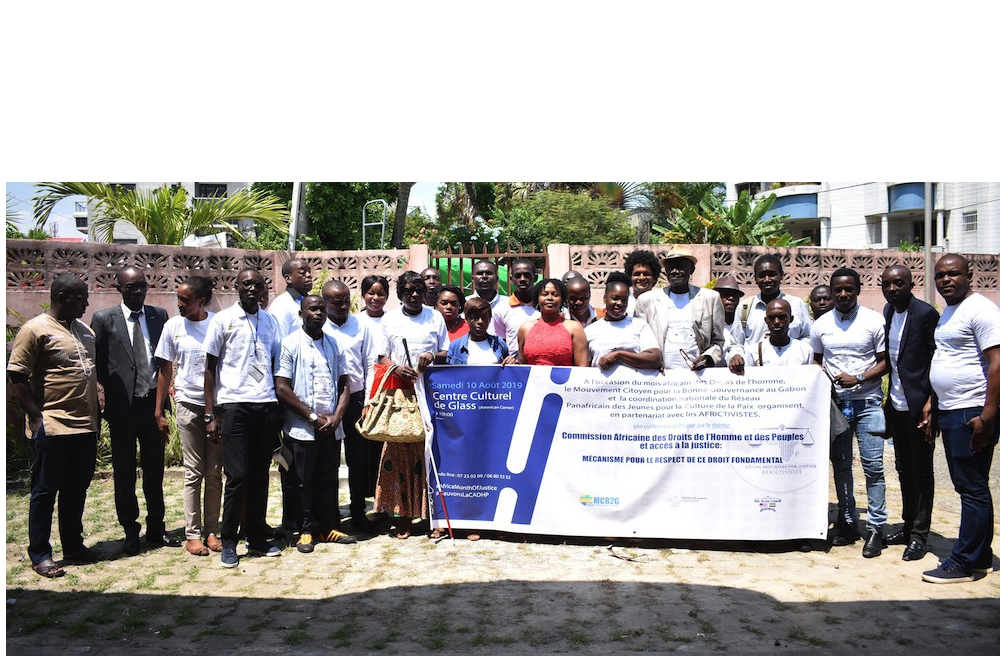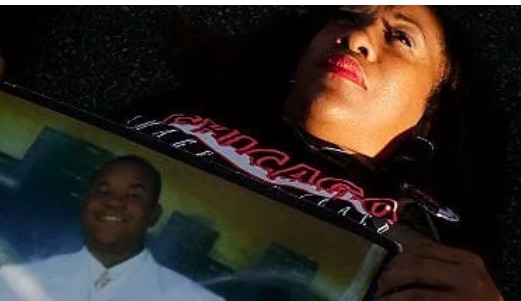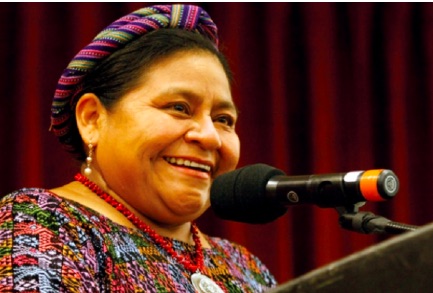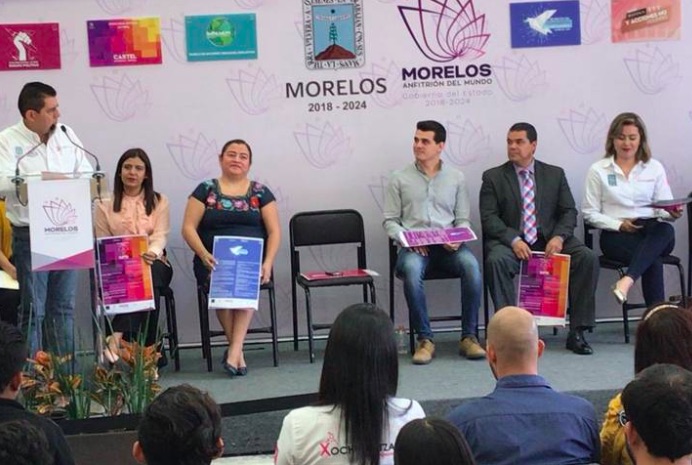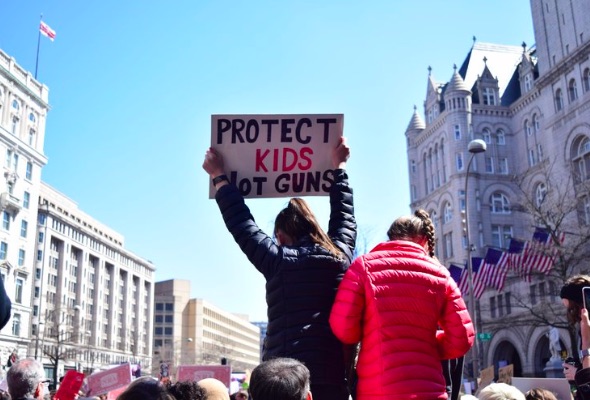. . DEMOCRATIC PARTICIPATION . .
An article by Saul Arbess and David Wick for the Ashland Tidings
Much in the way that we have a military, energy and financial infrastructure, we also need an infrastructure for peace, a critical oversight in virtually all governments in the world.

In nearly every state, military infrastructure exists, often the most heavily financed, resourced and comprehensive infrastructure of government. They are in a high level of readiness for both defense and potential aggression against other states or responding to internal conflict, typically by suppression, thus favoring war and a military view of security — that is, an armed, unstable peace.
The military approach relies on threat rather than the creation of an enduring culture of peace, based upon our common security as citizens of planet Earth and the human right to peace and security of the person and community.
A good definition of infrastructure for peace comes from the United Nations Development Program: “An infrastructure for peace is a network of interdependent systems, resources, values and skills held by government, civil society and community institutions that promote dialogue and consultation; prevent conflict and enable peaceful mediation when violence occurs in a society.”
One could see infrastructure for peace as a parallel structure to the generally highly developed and readily mobilized military infrastructure with its national, regional and local organization, except that an infrastructure for peace is not hierarchical, but most effective when organized from the bottom up — that is, intervention should occur at the level where conflict is manifest and utilize traditional peace-building methods with trusted leadership at each level, not necessarily politicians.
A principal strength of infrastructure for peace is that it develops a permanent peace-building structure on the ground at all levels, rather than an ad hoc system of responding to conflict as it arises and then disbanding until the next conflict event occurs. An infrastructure for peace would allow for early warning and intervention in potential conflict scenarios and timely responses when violent conflict has emerged.
At the local level, the Ashland Peace Commission can be seen in this light. At the state level, there is the Democratic Party of California’s resolution calling for the state to create a department of peace. At the national level, there is the U.S. Institute of Peace that unfortunately only has the powers of persuasion, and the current bill for a U.S. Department of Peacebuilding.
(Article continued in right column)
How can we develop the institutional framework for a culture of peace?
(Article continued from left column)
Canada has created the position of Ambassador for Women, Peace and Security with both domestic and international responsibilities, supporting the role of women in all aspects of peace work.
In every case and at every level, the goal is to transform conflict by peaceful means, with violence not seen as an option. This means that all parties to a conflict are represented — both those directly involved and external interests as well, and are adequately resourced to present and support their interests in the absence of coercion.
Restorative Justice is an excellent model for this approach, active in many countries, including the U.S.
To build an infrastructure for peace nationally, there is the movement for departments or ministries of peace promoted by the Global Alliance for Ministries and Infrastructures for Peace. Currently the Solomon Islands (2005), Nepal (2007), Costa Rica (2009), the Autonomous Region of Bougainville – Papua New Guinea (unknown date) and, most recently, Ethiopia (2018) have created such infrastructures for peace.
Afghanistan is moving in this direction. In Africa, following electoral violence, both Ghana and Kenya have formed peace-building programs without a formal department as such.
Here are some guidelines for the establishment of infrastructures for peace:
1. It works best when there is a comprehensive strategy in place involving the government and all stakeholders at the national, regional and local level.
2. Each level in the structure needs to have some autonomy so that responses to conflict can be made rapidly at the appropriate level. Local peace committees can often function where government cannot or may be regarded with suspicion. Local peace committees have been effective in defusing electoral violence by creating a dialogue between opposing sides and insuring free and fair elections, mediation and reconciliation between parties.
3. Local peace committees are encouraged to utilize traditional and culturally appropriate decision-making structures, where legitimacy exists among the parties to conflict and not necessarily rely on modern state ideas of formal organization.
Saul Arbess is co-founder of the Global Alliance for Ministries and Infrastructures for Peace and the Canadian Peace Initiative. Arbess will be one of the speakers at the Ashland Global Peace Conference Sept. 21. He will be presenting a talk on infrastructures for peace. Conference information can be found at ashlandglobalpeaceconference.com. David Wick is executive director of the Ashland Culture of Peace Commission.
